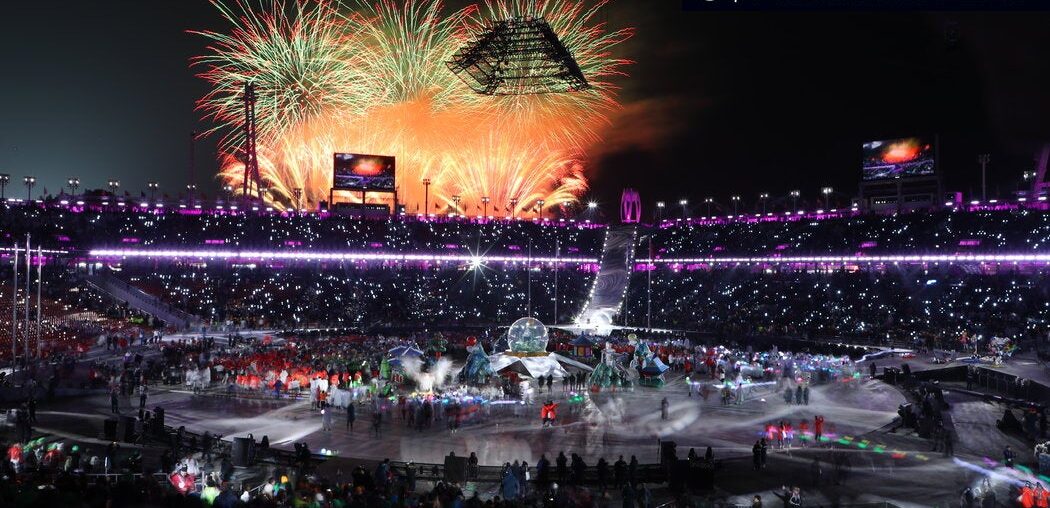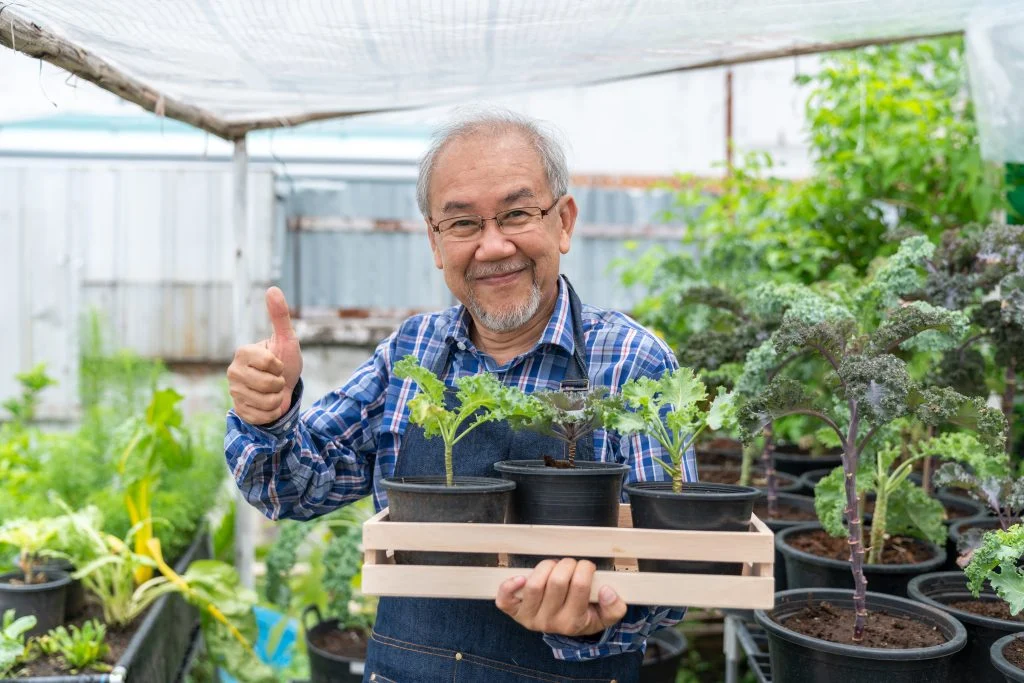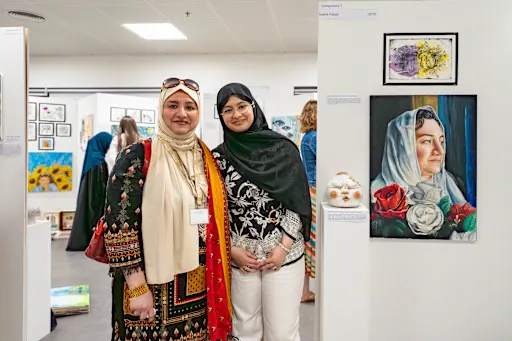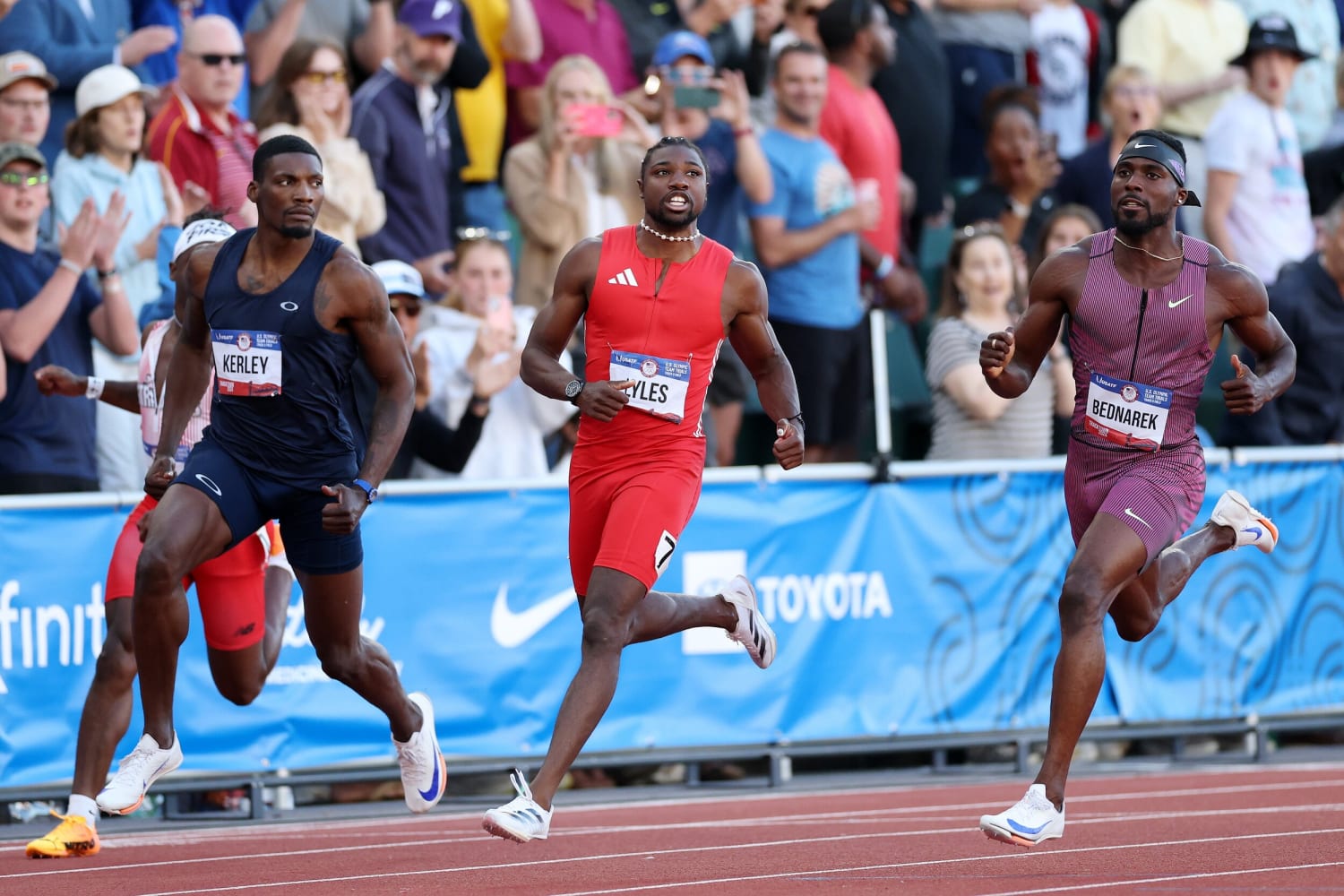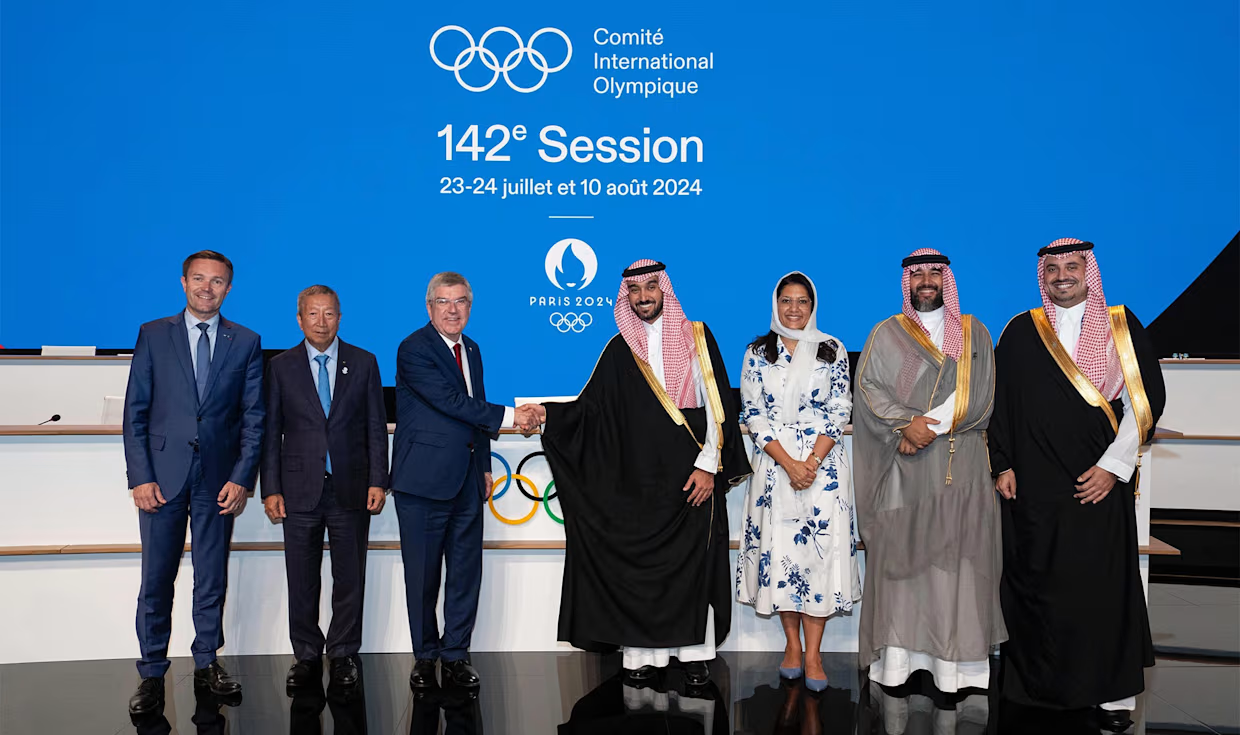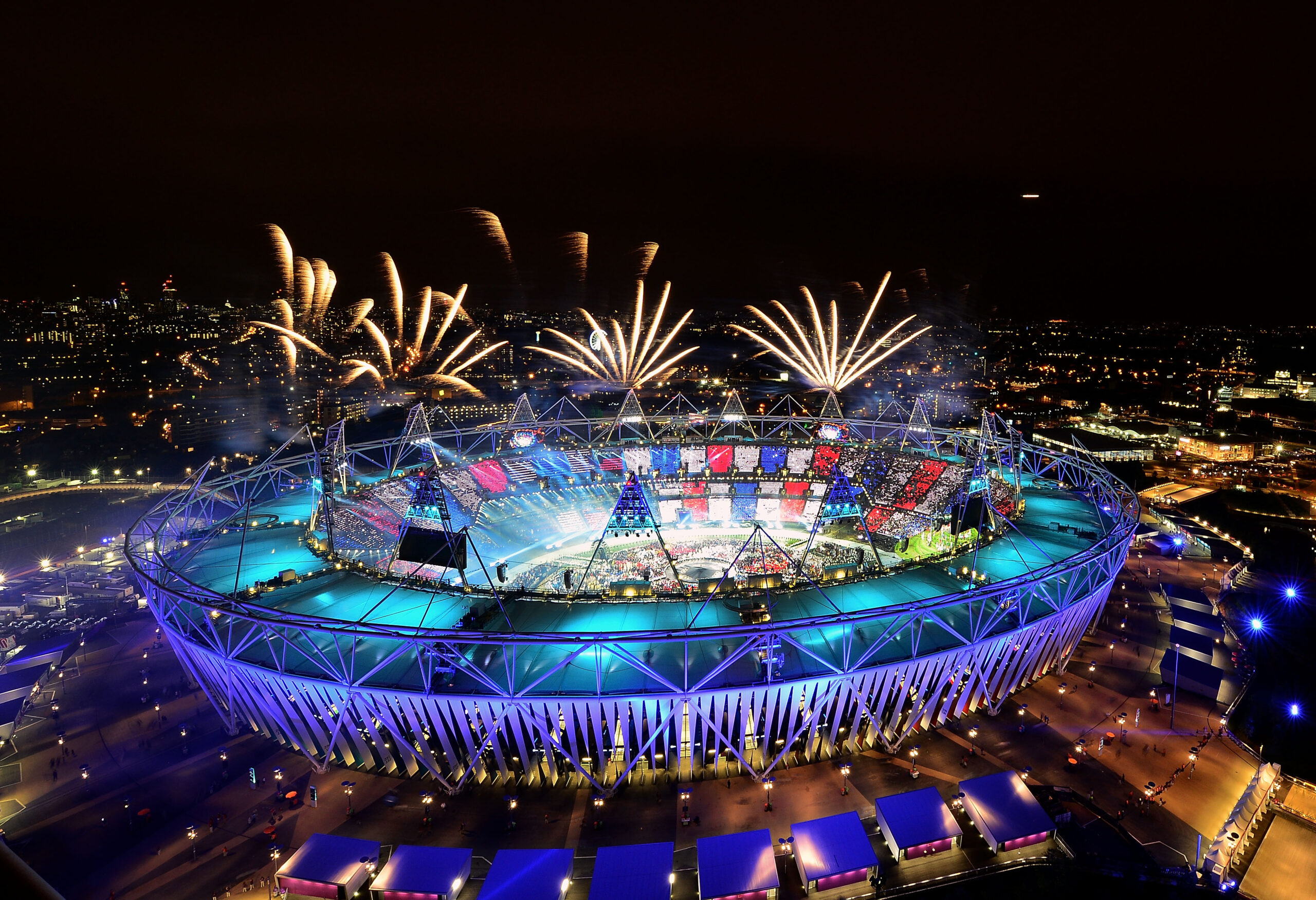A Grand Finale in the Taebaek Mountains
On February 25, 2018, the PyeongChang Olympic Stadium in South Korea became the stage for a spectacular closing ceremony, marking the end of the 23rd Winter Olympic Games. Under a crisp, starry sky, the event wove together tradition, modernity, and a powerful message of unity, captivating a global audience. With the theme “The Next Wave,” the ceremony celebrated the athletes’ achievements while looking forward to the future of the Olympic movement.
Setting the Scene: PyeongChang Olympic Stadium
A Temporary Marvel Built for the Moment
The PyeongChang Olympic Stadium, a $109 million pentagonal structure, was designed exclusively for the opening and closing ceremonies of the 2018 Winter Olympics and Paralympics. Seating 35,000 spectators, its unique shape symbolized the harmony of heaven, earth, and mankind. After hosting just four events, the stadium was dismantled, leaving behind memories of a vibrant celebration.
The Atmosphere: Cold Weather, Warm Spirits
The ceremony unfolded in freezing temperatures, with spectators bundled in blankets and hand warmers provided by organizers. Despite the chill, the stadium buzzed with excitement as 2,920 athletes from 92 nations filled the stands, their flags waving in a kaleidoscope of colors. The energy was electric, fueled by the promise of a “festival atmosphere” as described by ceremony director Oh Jang-hwan.
The Ceremony Begins: A Nod to Tradition and Youth
Countdown: Dream for Tomorrow
The two-hour spectacle kicked off with “Countdown: Dream for Tomorrow,” a segment honoring the athletes’ perseverance. Children, including two born on the day PyeongChang won its Olympic bid in 2011, performed alongside skaters forming the Olympic rings. This youthful energy set the tone for a ceremony that celebrated both the present and the future.
The Korean Wave: Hallyu in the Spotlight
A six-minute segment celebrated hallyu, the global rise of Korean culture. Thirteen-year-old guitarist Yang Tae-hwan stole the show with a metal-inspired rendition of Vivaldi’s Winter from The Four Seasons, accompanied by gravity-defying dancers on a sloped stage. The performance blended traditional instruments like the geomungo with modern flair, showcasing South Korea’s cultural evolution.
Parade of Nations: Unity in Diversity
Athletes Enter with Pride
Unlike the freeform athlete entrances of past closing ceremonies, PyeongChang maintained a structured Parade of Nations, with flag bearers leading their delegations. Greece, as the birthplace of the Olympics, entered first, followed by 91 other nations in Korean alphabetical order, with South Korea closing the march. Team USA, led by flag bearer Jessie Diggins, entered after Malta and Mongolia, waving selfie sticks and soaking in the applause.
A Unified Korea Shines
A poignant moment came when North and South Korean athletes waved the Korean unification flag together, a symbol of peace amid geopolitical tensions. This gesture, echoing their joint entrance in the opening ceremony, underscored the Olympics’ power to bridge divides. IOC President Thomas Bach praised this unity, noting, “You have shown how sport brings people together in our fragile world.”
Musical Performances: A Blend of Tradition and Pop
Jang Sa-ik and the National Anthem
South Korean singer Jang Sa-ik, joined by a choir of children from Gangwon Province, performed the national anthem, Aegukga, as the South Korean flag was raised. The heartfelt rendition resonated with the home crowd, grounding the ceremony in national pride.
K-Pop Takes Center Stage
The ceremony’s modern edge shone through with performances by K-pop superstars. EXO, a globally adored boy band, closed the show with an electrifying set, while solo artist CL brought high-energy charisma. These acts highlighted South Korea’s cultural influence, leaving spectators buzzing with excitement.
Oh Yeon-joon’s Olympic Anthem
Eleven-year-old Oh Yeon-joon, a winner of South Korea’s The Voice, delivered a soulful performance of the Olympic anthem. His clear, powerful voice captivated the audience, embodying the ceremony’s focus on youth as a symbol of hope and renewal.
Medal Ceremonies: Celebrating Excellence
Marit Bjørgen’s Historic Moment
The closing ceremony featured the medal presentation for the women’s 30km mass-start cross-country skiing event. Norway’s Marit Bjørgen, who won gold, stood center stage, earning her 15th Olympic medal and cementing her status as the most decorated Winter Olympian ever. The crowd roared as she accepted her eighth gold medal, a testament to her enduring legacy.
Honoring the Athletes
Other medalists, like Italy’s Arianna Fontana, who won gold, silver, and bronze in short track speed skating, were celebrated during the ceremony. These moments highlighted the diversity of talent, with athletes from 30 nations earning medals across 102 events.
The Olympic Handover: Passing the Torch to Beijing
A Symbolic Transition
The Olympic flag was lowered and passed from PyeongChang’s mayor, Shim Jae-kook, to IOC President Thomas Bach, who handed it to Beijing’s mayor, Chen Jining. This ceremonial act marked Beijing’s upcoming role as the 2022 Winter Olympics host, making it the first city to host both Summer and Winter Games.
Beijing’s Performance: Skating Pandas and Dragons
Beijing’s segment, directed by acclaimed filmmaker Zhang Yimou, featured skating pandas and performers forming a dragon with red lines, symbols of Chinese culture. The eight-minute performance, titled See You in Beijing in 2022, offered a modern vision of China, blending tradition with innovation.
A Journey to Remember: Reflecting on the Games
A Moment of Remembrance
The ceremony included a segment called “A Journey to Remember,” featuring kkoktu puppets and a turtle symbolizing life and death. This reflective moment honored those who couldn’t be present, connecting the audience to the deeper human spirit of the Olympics.
Extinguishing the Flame
As fireworks lit up the sky, the Olympic cauldron was extinguished, signaling the end of the PyeongChang Games. Lee Hee-beom, president of the organizing committee, noted, “Although parting is sad, we will remember PyeongChang with beautiful memories.” The moment was both bittersweet and hopeful, as the world looked ahead to future Games.
The Legacy of PyeongChang 2018
New Horizons for Winter Sports
PyeongChang’s motto, “New Horizons,” aimed to expand winter sports in Asia. With 92 nations and 2,920 athletes—a record for the Winter Olympics—the Games showcased new events like big air snowboarding and mixed doubles curling, broadening the appeal of winter sports. South Korea’s own success, including a gold in men’s skeleton racing by Yun Sung-Bin, marked a milestone for Asian athletes in sledding events.
A Message of Peace
The unified Korean team and joint flag-waving moments were powerful symbols of peace. Despite tensions, North and South Korea’s collaboration, including a joint women’s ice hockey team, demonstrated sport’s ability to foster dialogue. As President Moon Jae-in declared, “The time of peace will continue.”
Key Highlights of the Closing Ceremony
- Cultural Fusion: The blend of traditional Korean elements, like geomungo music, with modern K-pop performances showcased South Korea’s dynamic identity.
- Youthful Energy: Performers like Yang Tae-hwan and Oh Yeon-joon highlighted the next generation’s role in shaping the future.
- Global Unity: The unified Korean flag and Beijing’s handover performance emphasized international cooperation.
- Athlete Celebration: Medal ceremonies and the Parade of Nations honored the 2,920 athletes who competed.
- Spectacular Visuals: Drones forming the mascot Soohorang and fireworks added a dazzling finale.
Comparison: PyeongChang vs. Previous Winter Olympic Closing Ceremonies
| Aspect | PyeongChang 2018 | Sochi 2014 | Vancouver 2010 |
|---|---|---|---|
| Theme | The Next Wave | Reflections on Russia | A Celebration of Canada |
| Key Performers | EXO, CL, Yang Tae-hwan | Russian Ballet, Circus Acts | Nickelback, Avril Lavigne |
| Cultural Focus | Korean hallyu, unity of Koreas | Russian literature and art | Canadian humor and music |
| Notable Moment | Unified Korean flag, Beijing handover | Olympic ring malfunction tribute | Giant inflatable beavers |
| Venue Fate | Demolished after four uses | Converted for other uses | Remained as BC Place |
Pros and Cons of PyeongChang’s Closing Ceremony
Pros:
- Engaging blend of tradition and modernity, appealing to global audiences.
- Strong emphasis on youth, symbolizing hope and renewal.
- Unified Korean moments promoted peace and diplomacy.
- High-energy K-pop performances boosted entertainment value.
Cons:
- Cold weather posed challenges for spectators and performers.
- Temporary stadium’s high cost ($109 million) for limited use raised sustainability concerns.
- Structured athlete entrance deviated from the traditional “mingling” format.
People Also Ask (PAA)
Who performed at the PyeongChang 2018 closing ceremony?
K-pop stars EXO and CL were the headline acts, with 13-year-old guitarist Yang Tae-hwan and 11-year-old Oh Yeon-joon also delivering standout performances. Jang Sa-ik and a children’s choir performed the South Korean national anthem.
What was the theme of the PyeongChang closing ceremony?
The theme was “The Next Wave,” focusing on the human spirit of perseverance and looking toward the future of the Olympic movement. It combined music, dance, and art to create a festive atmosphere.
Where can I watch the PyeongChang 2018 closing ceremony?
The ceremony was broadcast live on NBC and streamed on platforms like the Olympics website. Replays are available on Olympics.com and YouTube, offering highlights and full coverage.
How did North and South Korea participate together?
North and South Korean athletes waved the unification flag during the Parade of Nations, echoing their joint entrance in the opening ceremony. They also fielded a unified women’s ice hockey team, symbolizing peace.
FAQ Section
What made the PyeongChang 2018 closing ceremony unique?
The ceremony stood out for its blend of Korean tradition and modern K-pop, its focus on youth, and the symbolic unity of North and South Korea. The temporary stadium and Beijing’s handover performance added distinct elements.
How much did the PyeongChang Olympic Stadium cost?
The stadium cost $109 million but was used only four times for the Olympic and Paralympic ceremonies, equating to roughly $27.3 million per event. It was demolished shortly after the Games.
Who was the U.S. flag bearer at the closing ceremony?
Cross-country skier Jessie Diggins carried the U.S. flag, celebrated for her gold medal win in the team sprint, the first Olympic cross-country gold for the U.S.
Why was the unified Korean flag significant?
The flag represented a rare moment of cooperation between North and South Korea, symbolizing hope for peace amid political tensions. It was a highlight of both the opening and closing ceremonies.
Where can I find official PyeongChang 2018 merchandise?
Official merchandise, including Soohorang mascot items, can be found on resale platforms like eBay or through the Olympics website’s memorabilia section. Check trusted retailers for authentic products.
A Personal Reflection: Why PyeongChang Resonates
As someone who’s followed the Olympics for years, I remember watching the PyeongChang closing ceremony with a mix of awe and warmth. The sight of North and South Korean athletes waving the same flag felt like a fleeting moment of hope in a divided world. Growing up in a small town, I’ve always been drawn to how the Olympics bring people together, much like local festivals where everyone knows your name. The K-pop performances reminded me of the first time I heard BTS on the radio—unexpectedly catchy and full of energy. PyeongChang’s blend of heart, culture, and spectacle left a lasting impression, a reminder that sport can be a universal language.
Conclusion: A Legacy of Harmony and Hope
The PyeongChang 2018 Winter Olympics closing ceremony was more than a farewell—it was a celebration of human resilience, cultural pride, and global unity. From Yang Tae-hwan’s guitar riffs to the unified Korean flag, the event captured the spirit of “New Horizons.” As the Olympic flame was extinguished, it left behind a legacy of peace and inspiration, setting the stage for Beijing 2022 and beyond. For those looking to relive the magic, check out official replays on Olympics.com or explore merchandise to keep the memories alive.
